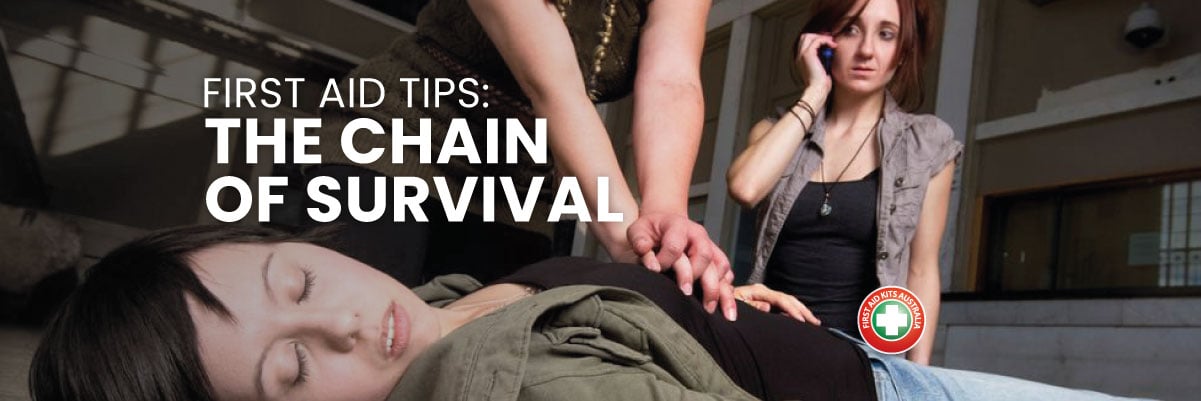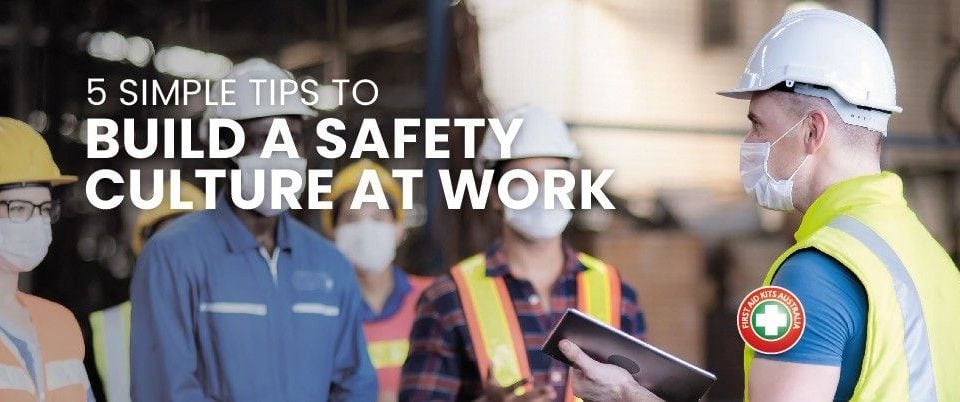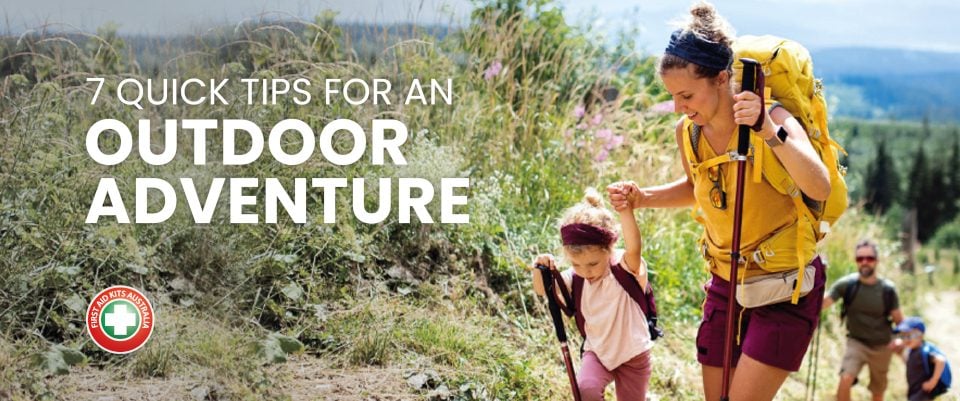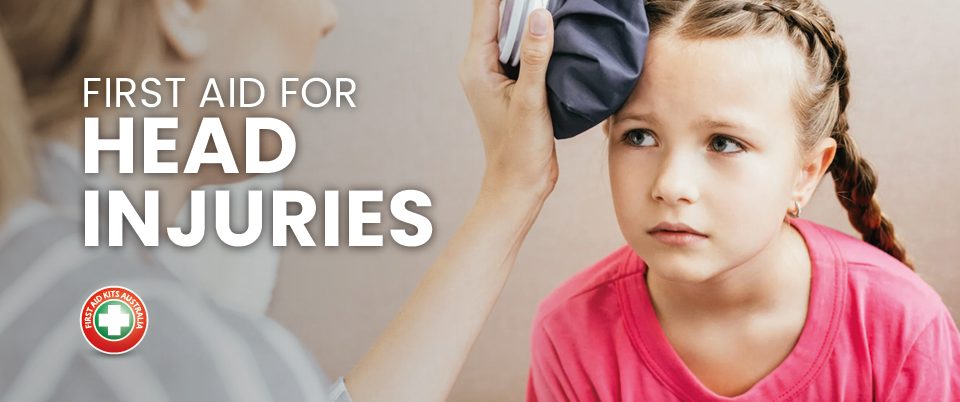
First Aid Tips: How to Prepare for Flood Season
9 November 2022
How to Choose First Aid Kits for Work Vehicles
18 May 2023With 55 Australian suffering a Sudden Cardiac Arrest each day, knowing what to do means that you can save someone’s life. You can learn more about Sudden Cardiac Arrest in our article.
Learning the steps of the Chain of Survival will help you to not get caught in the caos of an emergency, assess the situation and act quickly.
Here are the steps:

Because there is generally only one symptom—loss of consciousness—cardiac arrest can be challenging to identify when it occurs. However, occasionally specific signs emerge prior to the person losing consciousness. These are:
- Unsteadiness or faintness
- Heart palpitations
- Chest pain
- Fatigue
- Breathing difficulty
- Fainting
People without history of heart issues can go into cardiac arrest. Even if you are aware that the person is otherwise healthy, if they suddenly lose consciousness without warning, it may be a case of cardiac arrest.
Check if the person is breathing and if is conscious. If the person is unconscious and not breathing, call an ambulance immediately to ensure defibrillation and life support arrives as soon as possible.

INMEDIATE CPR
“Hands-only” CPR couldn’t be easier. There is just one step in reality:
To the tune of “Stayin’ Alive” by the Bee Gees, quickly and forcefully push in the centre of the chest. Don’t hesitate to use strong pressure. The advised level of compression (for adults, at least) is a minimum of 5 cm, with the ribcage recoiling completely between compressions.
Perform 30 chest compressions to 2 breaths. Ideally, if it’s possible, you should keep this up until emergency services arrive.
CPR helps to circulate blood and oxygen throughout the body until an automated external defibrillator (AED) can be used.
Vital organs including the brain can continue to receive oxygen if CPR is started within four minutes of the heart stopping.

DEFIBRILLATION
AEDs prevent death. Even if you’ve never used one before, they’re easy enough for anyone to use! You just need to follow the audio instructions.
AED can be found in shopping centers, airports, schools, gyms, theatres, airports, and other public institutions.
To learn more about Automated External Defibrillator read our blog.
ADVANCED MEDICAL SERVICES
However, for this type of care to be delivered promptly and effectively, the first link in the chain must be completed correctly—a bystander must recognise a cardiac arrest for what it is, phone 000 straight away, and do emergency CPR.
ADVANCE POST-CARDIAC ARREST CARE
At this moment, the care given to the individual when they awake can be equally as important as the care they receive in the beginning. It can guarantee the patient’s survival and maximum functional recovery following discharge
In the days and weeks after a cardiac arrest, patients who survive the initial cardiac arrest will work with a multidisciplinary team to recover fully and make the key medical and lifestyle changes needed to protect their health going forward.
Cardiovascular arrest sufferers have a pitifully low probability of survival, but when every link in the Chain of Survival is robust, their chances of survival increase significantly.
Cardiac arrest treatment is a community issue requiring a wide range of people to be prepared to act—including bystanders, family members, first responders, emergency medical personnel, and other healthcare providers. Bystander CPR and AED use can significantly improve outcomes from cardiac arrest (Graham, 2015).
Learning how to perform CPR is one way you may contribute. Although training is not necessary to perform life-saving CPR, it will provide you the knowledge and assurance to intervene in a medical emergency and act as a solid link in the chain.
The Chain of Survival, practical application of CPR and defibrillation techniques are things we can all learn to boost survival. More of our loved ones would return home each night in a world where everyone is aware of what to do in the event of an emergency and that is a goal worth pursuing. To learn First Aid Tips and to keep safety top of mind, subscribe to our newsletter.






